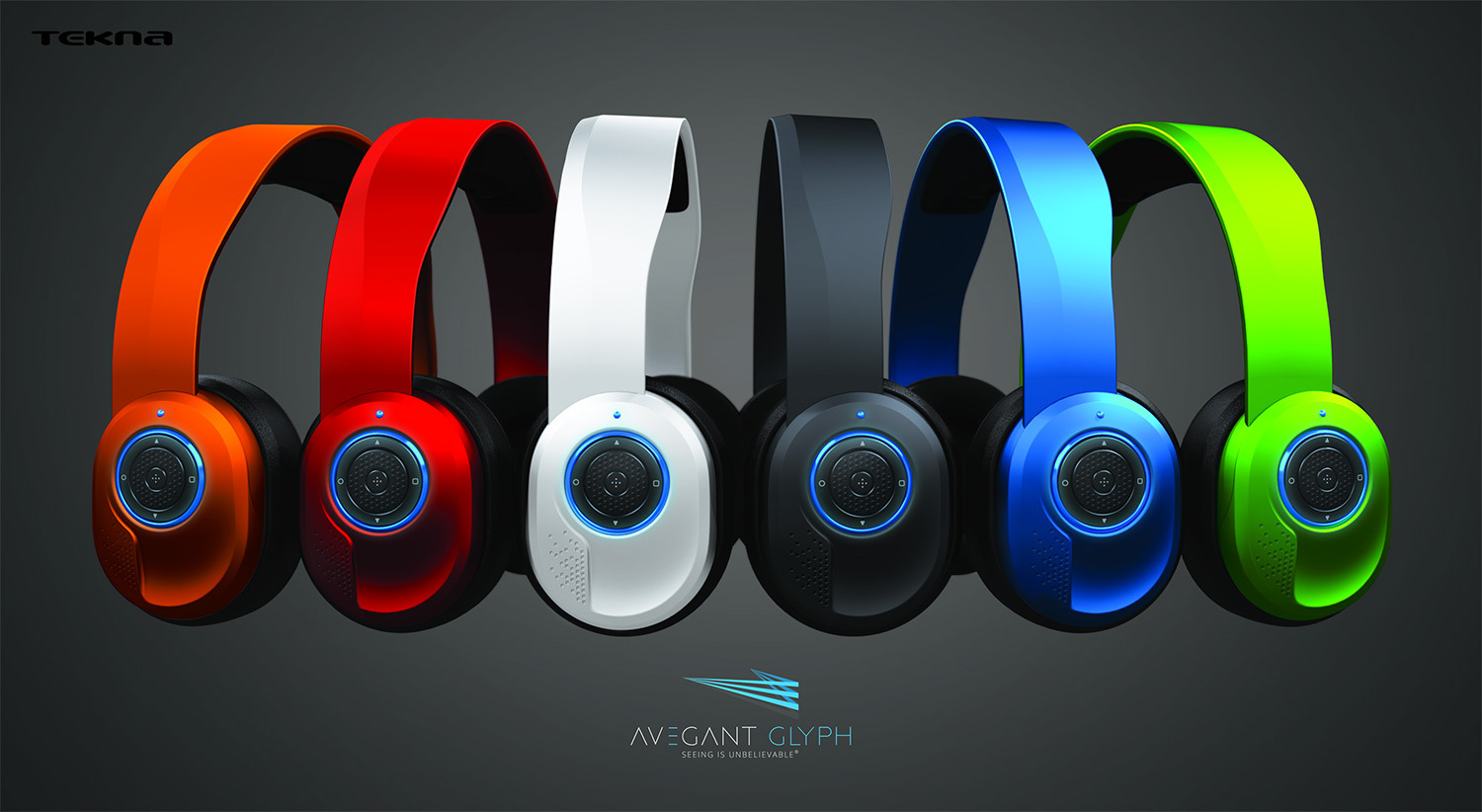VR glasses are old news by now but they still haven’t taken over the market and specialized companies seem to think that there’s demand for them. One virtual reality device that isn’t quite like your average VR headsets available on the market is the Avegant Glyph and I have to say it doesn’t look the same. Avegant’s VR glasses aren’t different just in terms of looks but also in the technology they use. For starters, the Glyph doesn’t use the same magnified screen technology that most companies use, like Oculus or Samsung, instead the virtual retinal display technology is employed here which projects the images directly on your eyes for a more immersive experience. Such technology has been around for a long time but hasn’t been implemented at large in consumer headsets. The VR Avegant Glyph glasses may look like headphones and this is no coincidence because they are in fact headphones too: when you feel like using them as a headset just tip them over your eyes and you’re done.
The design Avegant had for this VR headset started back in 2013 but only lately the company perfected the final stages of the consumer version for the Glyph. The headset comes with HDMI input, can connect to phones, tablets, computers and game consoles. Although its main target is people who watch lots of movies or listen to music, the Avegant Glyph can handle gaming sessions as well. With all these functions combined the design of this VR goggles/headsets hybrid is dare I say sleek, not unlike Samsung’s Gear VR for example, that looks like it came from an 80’s movie. I admit there is a weirdness factor built into it with the pair of eye-holes located on the crown of your head but even so it looks better that most of VR headsets available. The Avegant Glyph will debut with a prototype at this week’s CES and pre-orders will start from January 15th at $499 and $599 after this date.

Avegant Glyph is a sleek looking VR device
It may seem pricey for this device but if Avegant delivers the cinematic immersive experience it promises without the need for separate technology (see Samsung Gear VR which requires a Note 4 to run) it just might be a winner. I for one am curious how this endeavour emerges because the Glyph already faced delays. It was supposed to be coming out in 2014 but due to the different stages that had to be perfected it looks that will be available for the masses somewhere in autumn 2015. Better late than never I guess.
